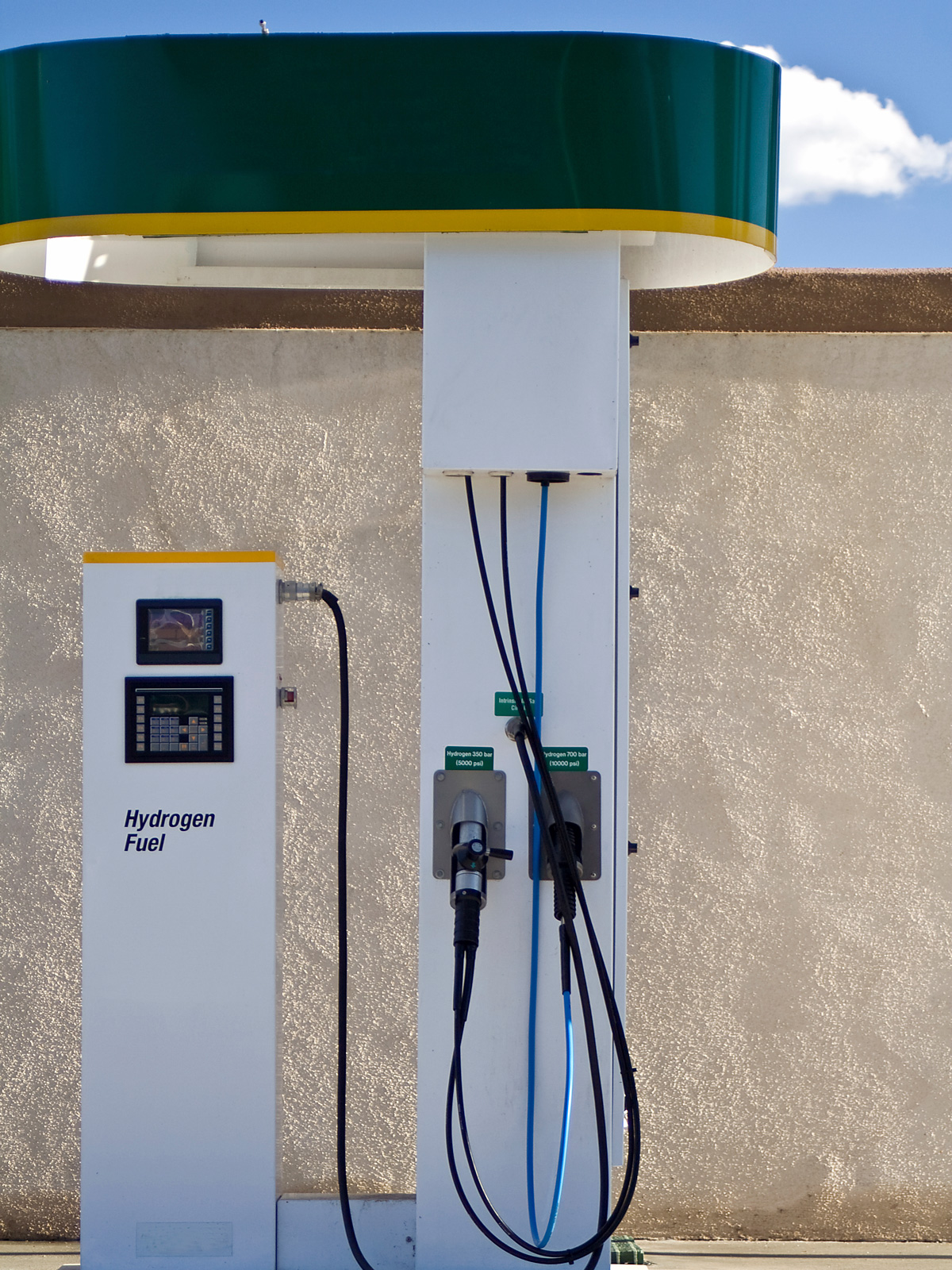The new oil – development of a global hydrogen trade
As a climate-friendly energy vector with unique versatility, hydrogen will play a completely new role in energy supply, industry and mobility in the future. For commercial consumers, gas is even considered to play a role similar to that of electricity. But providing the necessary quantities is a task for the century.

In order to satisfy the industrialised countries’ hunger for energy, completely new logistics will be required in the future. Large quantities of hydrogen will have to be transported, stored and distributed over long distances and in various forms. The technical challenges involved are solvable: all the technology needed for this already exists, often on an industrial scale. As a Tech Solution Provider, IAV is intensively involved with many of the required processes and works directly on behalf of our clients to improve them. The actual task is therefore rather to skilfully combine the individual pieces of the puzzle with regard to their specific requirements and boundary conditions, e.g.:
– Which process can follow the dynamically fluctuating supply of renewable energies particularly well?
– Which form of transport is suitable for which target application?
– Which efficiencies and costs can be realised; for which applications are these economically viable from when onwards?
– Where do positive synergy effects arise, for example through waste heat utilisation?
– What sustainability criteria need to be met?

«Ultimately, then, this is a matter of system integration - one of IAV's core competencies. Careful requirements management, process reliability, detailed technical knowledge and suitable tools are our guarantees for successful projects.»
— Team Manager Hydrogen Infrastructure & Electrolysis at IAV
Whether in cryogenic, liquid form by special ship or truck for use in aviation or long-distance transport, in gaseous form by pipeline for industry, bound in liquid organic hydrogen carriers as a strategic long-term reserve or in the form of ammonia or methanol as an important basic material, e.g. for e-fuels or fertiliser production: sustainable, imported hydrogen will decisively influence our lives in the future in a variety of forms.
Complex, large-scale plants will always have to be developed, planned, economically evaluated, functionally and operationally safeguarded, commissioned and finally integrated into digital systems and processes. IAV is ready to make its contribution to this.
- Hydrogen & Fuel Cell
- Powertrain Development
